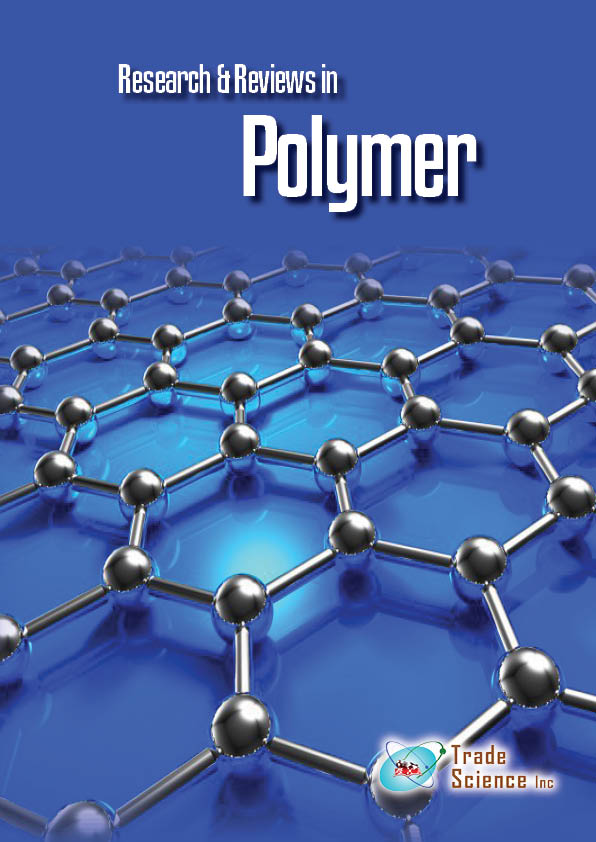Abstract
Polymer Concentration Effect on Nanofiber Growth Using Pulsed Electrospinning
Author(s): Jafar Torfifard, Erfan Norian, Ramin Ahmadi , Mohamad Taghi Ahmadi , and Razali IsmailOwing to routine necessity to materials with more capabilities and smaller dimensions, researchers have designed and advanced new sorts of materials. Excellent properties of nanofiber such as high porosity, large surface area to the volume ratio, unique mechanical performance (tensile strength and hardness), flexibility causing to introduce as ideal material for medical, filtration, energy devices, textile, and tissue engineering, optical and electrical applications. Based on the pulsed system, a new electrospinning device is developed, designed and fabricated. The basic model of electrospinning process is represented. However, the nanofibers which are produced are characterized by Fourier Transform Infrared (FTIR) and Scanning Electron Microscopy (SEM). In recent years, various strategies for manufacturing of nanofiber had been used which includes self-meeting, drawing, phase separation, template synthesis and electrospinning. Among these strategies, electrospinning is a favorite approach, as it’s simple and value-effective, and the only manner extended to mass production of non-stop nanofibers from different polymers. In electrospinning approach, the electrostatic force is used to produce thin fibers by using melting solutions or a polymer and fibers which are produced have thinner diameter and larger surface area to the volume ratio than other methods.

